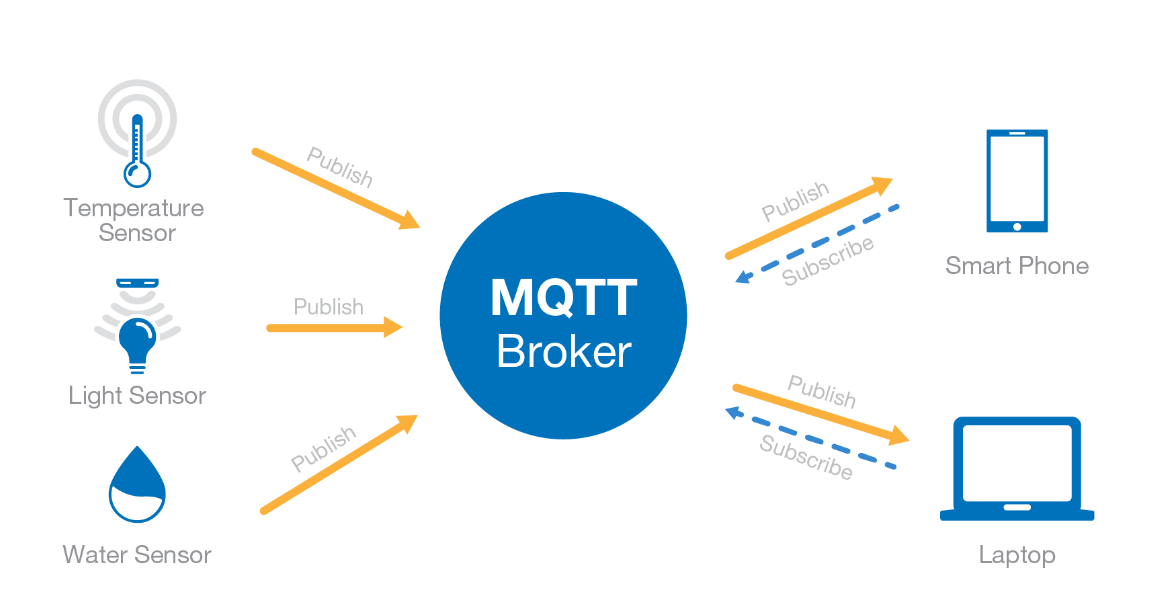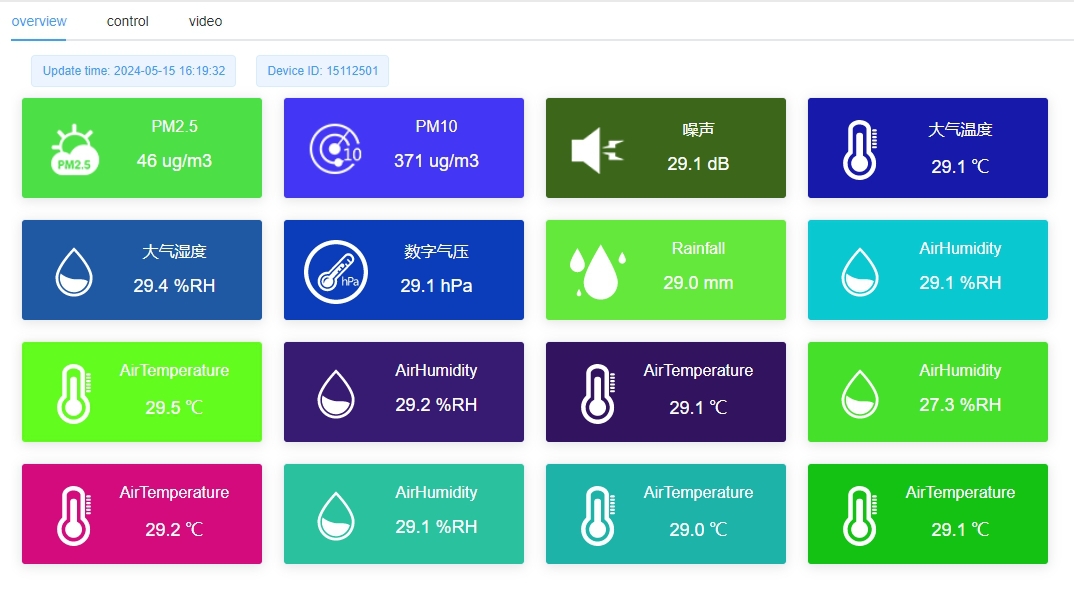

— Blogs —
—Products—
 Consumer hotline +8618073152920
Consumer hotline +8618073152920 WhatsApp:+8615367865107
Address:Room 102, District D, Houhu Industrial Park, Yuelu District, Changsha City, Hunan Province, China
Technical Support
Time:2024-08-27 09:45:40 Popularity:2233
To implement a cloud platform based on the MQTT protocol for receiving and processing data from sensor data loggers, you can consider using a variety of existing cloud services and solutions. The following is a simplified step-by-step guide to help you build such a system:
First, you need to choose a cloud platform that supports the MQTT protocol:
1.1 Use your own cloud platform: If you already own and manage your own cloud platform infrastructure, you can deploy the MQTT agent and other necessary services directly on your platform.
1.2 Or choose a commercial cloud platform: If you don't want to or can't maintain your own cloud platform, you can also opt for commercial cloud services such as AWS IoT Core, Azure IoT Hub, Google Cloud IoT Core, etc. Some popular choices include.
AWS IoT Core: an IoT service provided by Amazon that supports the MQTT protocol and is easy to integrate with other AWS services (e.g. DynamoDB, S3, Lambda, etc.).
Azure IoT Hub: IoT messaging center provided by Microsoft, also supports MQTT protocol and seamlessly integrates with other Azure services.
Google Cloud IoT : Google's IoT service that also supports MQTT and can be used in conjunction with other Google Cloud services (e.g. BigQuery, Cloud Functions, etc.).
AliCloud IoT Suite: AliCloud IoT is also a good choice, supports MQTT protocol and provides rich IoT solutions.

Most of the cloud platforms you choose will provide you with MQTT proxy services. You need to create an MQTT topic (Topic) on your cloud platform and configure the security authentication (e.g. using TLS/SSL encryption and authentication certificate).
The data logger (or sensor gateway, as it is called) needs to be configured as an MQTT client, capable of connecting to your MQTT agent and publishing data to the specified Topic. This typically involves the following steps:
Configure network connectivity: Ensure that the data logger is able to access the Internet and connect to the IP address and port of the MQTT agent.
Configure the MQTT client: Set the parameters of the MQTT client, such as the server address, port, username, and password (if secure authentication is used).
Write code: Write or modify code on the data logger so that it can capture sensor data and publish it to the cloud platform via the MQTT protocol.
Once the data is sent to the cloud platform, you can use the cloud platform's features or integrate other cloud services to process and store the data. Example:
Real-time data processing: Use serverless computing services such as AWS Lambda, Azure Functions, Google Cloud Functions, etc. to process real-time data.
Data Storage: Store data in databases such as AWS DynamoDB, Azure Cosmos DB, Google Cloud Firestore, etc.
Data Analytics: Perform in-depth analysis of stored data using data analytics services on cloud platforms (e.g. AWS Redshift, Google BigQuery, etc.).

To view and analyze data more intuitively, you can use the dashboard tools provided by the cloud platform or integrate third-party data visualization services (e.g. Grafana, Kibana, Tableau, etc.).
Ensure that your system has appropriate security measures in place, such as using TLS/SSL encryption, regularly updating security patches for devices and software, and implementing access control policies. Also, monitor the operational status of your system to ensure that data is transmitted and processed in a timely and accurate manner.
Regular updates: Keep your MQTT proxy and other cloud service components updated to the latest versions to fix known security vulnerabilities and improve performance.
Backup and Restore: Back up your data and configurations on a regular basis so that you can quickly restore your service if needed.
By following these steps, you can build a cloud platform system based on the MQTT protocol for receiving and processing data from sensor data loggers.
Prev:Installation of tipping bucket rain gauge
Next:Where is the best place to put an ambient weather station?
Related recommendations
Sensors & Weather Stations Catalog
Agriculture Sensors and Weather Stations Catalog-NiuBoL.pdf
Weather Stations Catalog-NiuBoL.pdf
Related products
 Combined air temperature and relative humidity sensor
Combined air temperature and relative humidity sensor Soil Moisture Temperature sensor for irrigation
Soil Moisture Temperature sensor for irrigation Soil pH sensor RS485 soil Testing instrument soil ph meter for agriculture
Soil pH sensor RS485 soil Testing instrument soil ph meter for agriculture Wind Speed sensor Output Modbus/RS485/Analog/0-5V/4-20mA
Wind Speed sensor Output Modbus/RS485/Analog/0-5V/4-20mA Tipping bucket rain gauge for weather monitoring auto rainfall sensor RS485/Outdoor/stainless steel
Tipping bucket rain gauge for weather monitoring auto rainfall sensor RS485/Outdoor/stainless steel Pyranometer Solar Radiation Sensor 4-20mA/RS485
Pyranometer Solar Radiation Sensor 4-20mA/RS485
Screenshot, WhatsApp to identify the QR code
WhatsApp number:+8615367865107
(Click on WhatsApp to copy and add friends)
